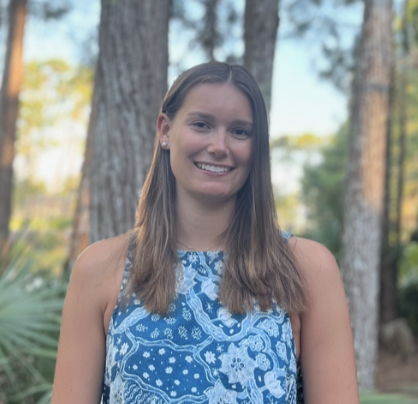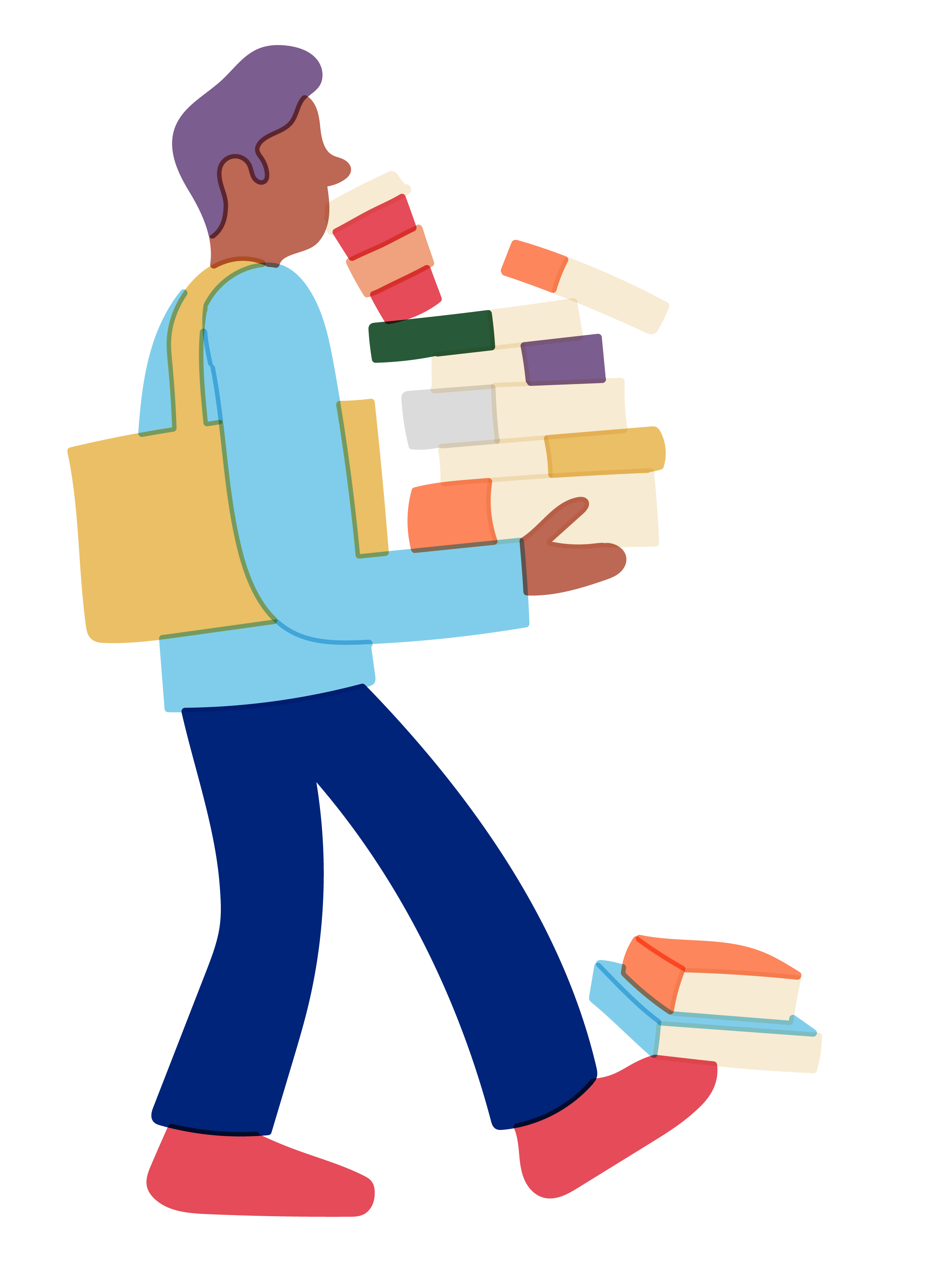The beginning of the school year is an exciting and slightly overwhelming time during college. Start off your science classes right with these tips for effective note-taking and studying techniques!
Note-taking during class
In my experience, hand-written notes (either on paper or a tablet) are more effective than typed notes in almost all science and math classes. Although typed notes give the satisfaction of clear text and an organized page, you lose the ability to quickly write out equations and draw diagrams, which are common features across the sciences.
For each lecture, begin a new section of your notebook with the date and lecture title. This will allow you to quickly search through your notes for the correct topic later while studying or completing a problem set.
College professors often come in two flavors: those who click through PowerPoint slides and those who write blackboard examples while lecturing. If your professor prefers to show slides, don’t focus entirely on the slide. Make sure you are paying attention to what the professor is saying and focus on emphasizing the seemingly most important material in your notes. The PowerPoint slides will almost always be available after the lecture, so you often don’t need to copy every detail from every slide into your notes.
If your professor generally writes notes and examples on the blackboard during class, the professor is showing you exactly what should be in your notes. If the professor has time to write information on the whiteboard while speaking, aim to write down everything he/she puts on the whiteboard. This information likely will not be available in an easily accessible online format, such a PowerPoint, so recording the information during class is especially important.
Lastly, to augment your notes during class, I suggest having multiple colors available. This can be helpful for making easier-to-understand diagrams and also for emphasizing key principals, terms, and formulas.
Reviewing material after class
Getting into the habit of reviewing your notes after class will fortify your understanding of the material and will also help significantly diminish your study load prior to exams. Review your notes within a day or two of each lecture or on a weekly basis depending on other time demands.
When reviewing your notes, try to focus your undivided attention on the task at hand. It can be quite easy to quickly read through your notes and feel like you grasp the material without truly engaging. If you struggle to focus or if you are a visual/kinesthetic learner, I suggest completely re-writing your notes on blank paper. For particularly challenging classes, I found that this strategy forced me to re-engage with the material in a much deeper way than simply re-reading my lecture notes. Since you won’t be in a rush while re-writing notes, this set of notes will be more neat and can subsequently serve as a study guide for exams.
As you’re reviewing your notes, your main focus should be finding challenge areas in the material. Use a consistent strategy to clearly mark these challenge areas. My favorite way to do this was to use small post-it notes to mark these areas of my notes with a question or two to ask during office hours or during study sessions. This way you will remember what questions you had throughout the semester, so that when exam time comes, it is easy to see which material you need to study the most.
In summary
- Hand-write your notes. Include colors, easy-to-read headings, and diagrams/formulas.
- Pay attention to what the lecturer is saying and summarize the most important parts in your notebook.
- Try to write clearly and with abbreviations that you will understand later when you are studying.
- Review your notes after each lecture (or on a regular schedule that works for you).
- Annotate your notes with questions. Clearly mark areas of uncertainty or confusion to bring to office hours or group study sessions.


Comments